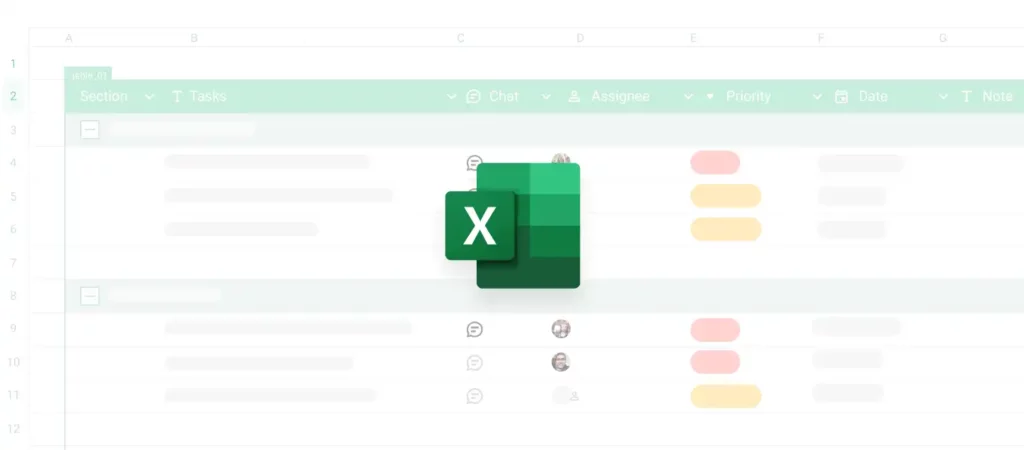Building confidence in Excel comes down to practical experience and steady practice. By working through real examples each day, users can transform their understanding from basic knowledge to strong skills. Practice helps make Excel’s features more familiar, reducing hesitation and increasing efficiency. Regular use also helps in identifying useful shortcuts, formulas, and tools that can save time and improve accuracy. This article guides you through effective ways to build your Excel confidence step by step, focusing on hands-on learning and daily tasks.
Start with Simple Real Examples
Using real examples makes learning relevant and easier to remember. Start with daily tasks like:
- Creating a basic budget spreadsheet
- Tracking expenses or incomes
- Organizing simple lists such as contact details or to-do items
These exercises help you get comfortable with entering data, formatting cells, and using basic formulas like SUM and AVERAGE.
Practice Key Formulas and Functions
Mastering essential Excel formulas is crucial for confidence. Practice using:
- SUM: Adds numbers quickly
- AVERAGE: Finds the mean of values
- IF: Makes logical comparisons for decision-making
- VLOOKUP or INDEX-MATCH: For searching data in tables
Try applying these formulas to your example sheets to see how they solve real problems. Repetition helps you remember the formulas and understand when to use each.

Use Daily Challenges to Improve
Set simple daily challenges for yourself, such as:
- Calculate monthly totals from weekly data
- Create a dynamic list using filters
- Build a small dashboard with charts from your data
These tasks encourage exploring different Excel training features and help build problem-solving skills. They also show how Excel can automate and simplify your work.
Explore Formatting and Data Visualization
Formatting makes data easier to read and analyze. Practice:
- Changing cell colors and fonts to highlight important info
- Using conditional formatting to identify trends or issues
- Creating charts like bar graphs, pie charts, and line charts for visual insights
Visualizing data helps you understand it better and makes your work look more professional.
Review and Reflect Regularly
After working on examples and challenges, take a moment to review:
- What new features or formulas did you learn?
- What problems did you face, and how did you solve them?
- Which skills need more practice?
Reflection helps reinforce learning and shows your progress, boosting confidence.
Summary of Key Steps
- Use real examples: Work on practical tasks related to your needs
- Practice formulas: Focus on core functions and try them daily
- Set challenges: Small tasks push you to learn more and solve problems
- Format and visualize: Improve readability and insights through design
- Review progress: Understand strengths and areas to improve
Building Excel confidence takes time, but daily practice with real examples makes a big difference. Each small task completed adds to your skill set and helps you feel more capable using Excel. Consistent hands-on learning unlocks the full power of Excel and turns it into a useful tool for everyday work. Keep practicing, and you will soon notice how your confidence grows along with your efficiency.
